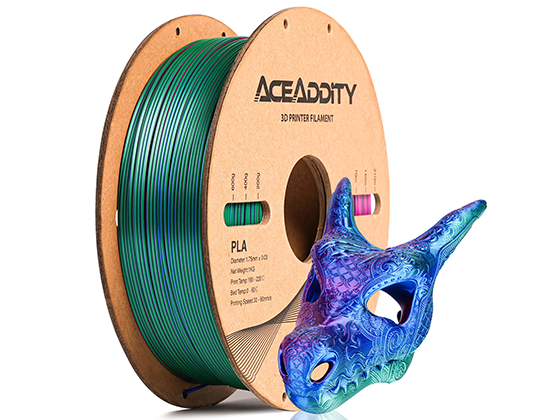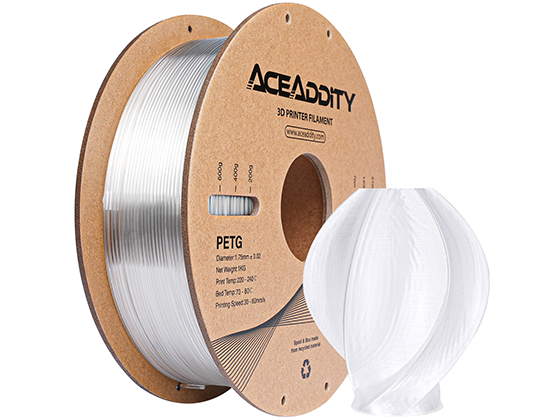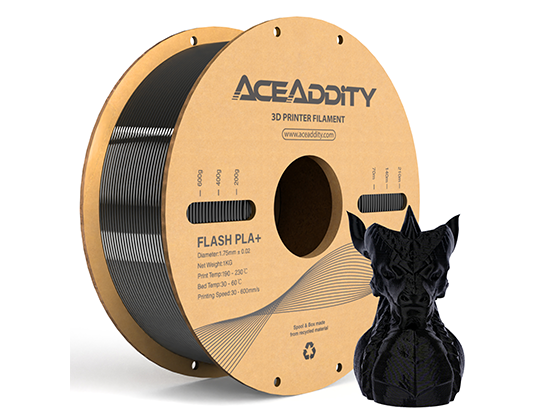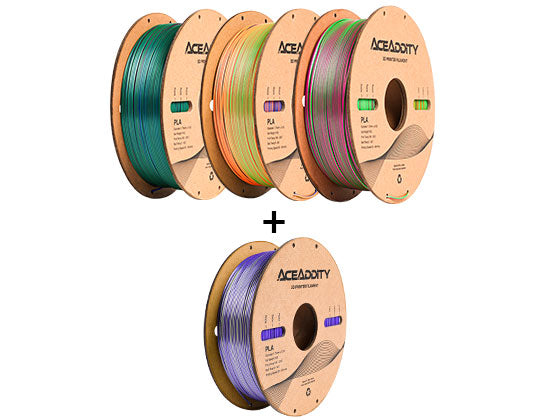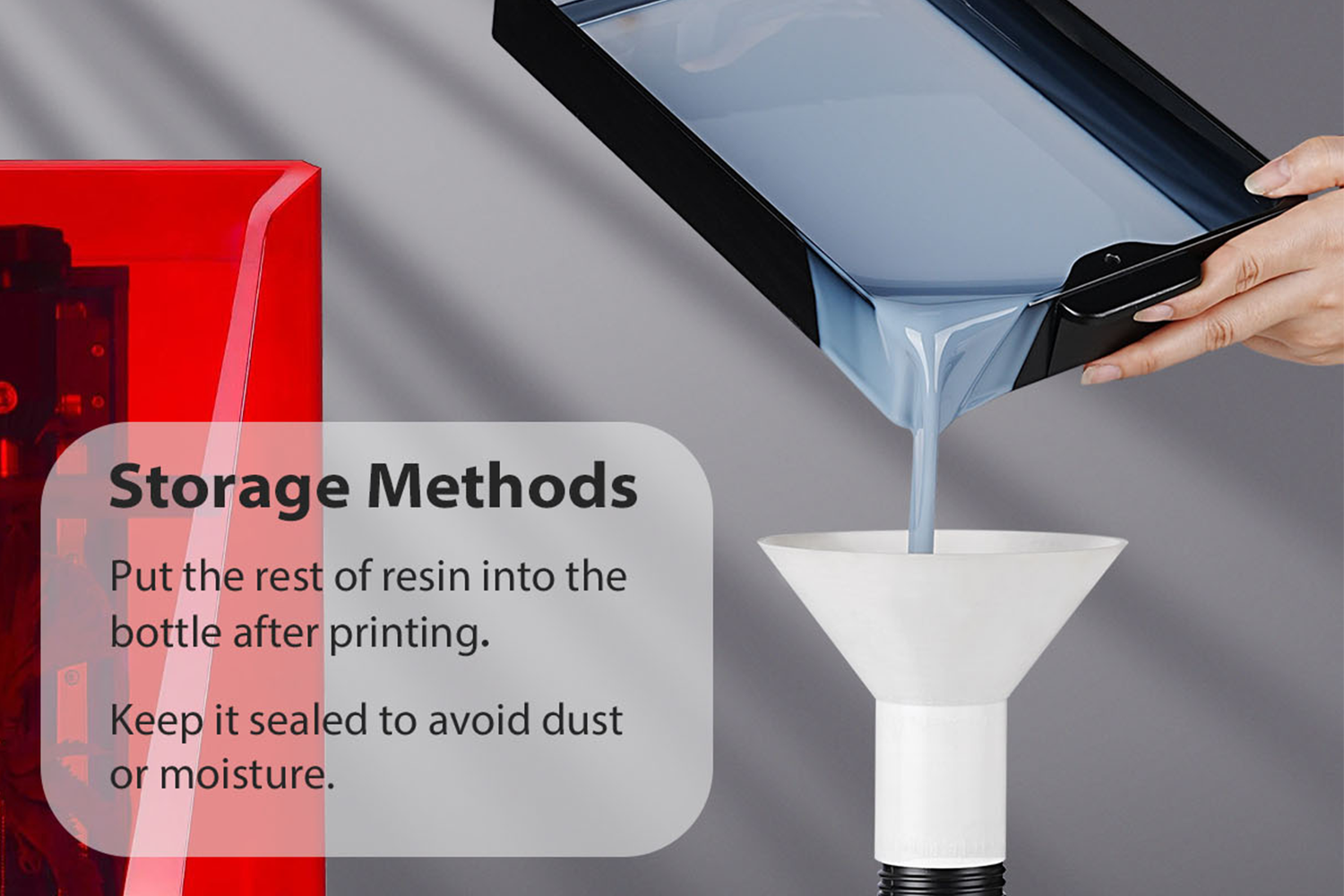3D printing has revolutionized the way we create objects, allowing us to turn our digital designs into physical objects with ease. However, one of the challenges of 3D printing is dealing with the noise generated by the cooling fan. In this blog, we will discuss why the cooling fan is important, how it can cause noise, and some tips on how to deal with it.
- Why is the Cooling Fan Important?
The cooling fan is an essential component of the 3D printer, and it is responsible for cooling down the hot end of the printer. During the printing process, the hot end of the printer heats up the plastic filament, melting it and extruding it layer by layer to create the object. Without the cooling fan, the heat from the hot end would transfer to the printed object, causing it to deform or melt.
- How Can the Cooling Fan Cause Noise?
While the cooling fan is crucial to the 3D printing process, it can also generate a significant amount of noise. This noise is often caused by two main factors: the type of fan and the speed at which it operates.
- Type of Fan:
There are two main types of fans used in 3D printers: axial fans and radial fans. Axial fans are the most common type of fan and are typically used to cool the hot end of the printer. They have blades that rotate around an axis and move air in a linear direction. Radial fans, on the other hand, have blades that rotate around a central hub and move air in a radial direction.
While both types of fans can generate noise, axial fans tend to be louder than radial fans. This is because axial fans have more blades, which can cause turbulence and create more noise.
- Speed of the Fan:
The speed at which the fan operates can also affect the amount of noise it generates. As the fan speed increases, the amount of noise it generates also increases. This is because the higher speed creates more turbulence, which in turn generates more noise.
- Tips on Dealing with the Cooling Fan Noise:
- Upgrade to a Quieter Fan: If the noise from your cooling fan is too loud, you may want to consider upgrading to a quieter fan. Radial fans tend to be quieter than axial fans, so consider switching to a radial fan if possible.
- Adjust the Fan Speed: Most 3D printers allow you to adjust the fan speed. Lowering the fan speed can reduce the noise generated by the fan, but it may also increase the print time.
- Add Sound Dampening Material: Adding sound dampening material to the printer can also help reduce the noise. You can use foam, rubber, or other materials to absorb the sound.
- Move the Printer: If the noise from the printer is too loud, you may want to consider moving it to a different location. Keeping the printer in a separate room or enclosed space can help reduce the noise.
To sum up, the cooling fan is an essential component of the 3D printer, but it can also generate a significant amount of noise. By understanding the causes of cooling fan noise and implementing some of the tips mentioned above, you can reduce the noise and enjoy a quieter 3D printing experience.


